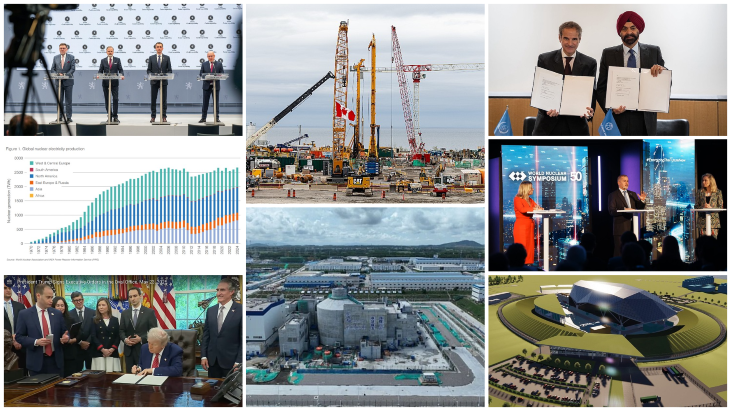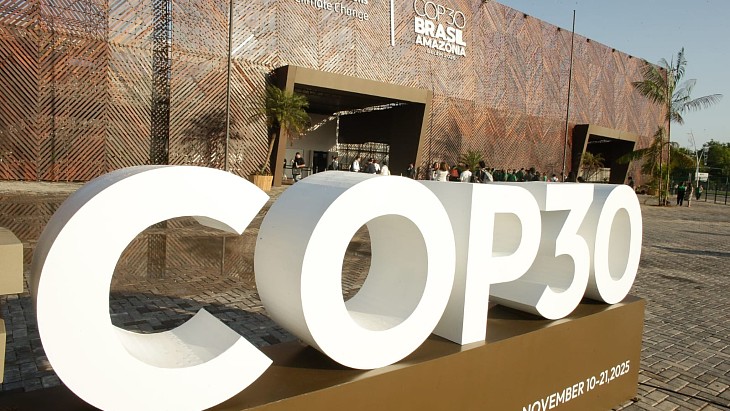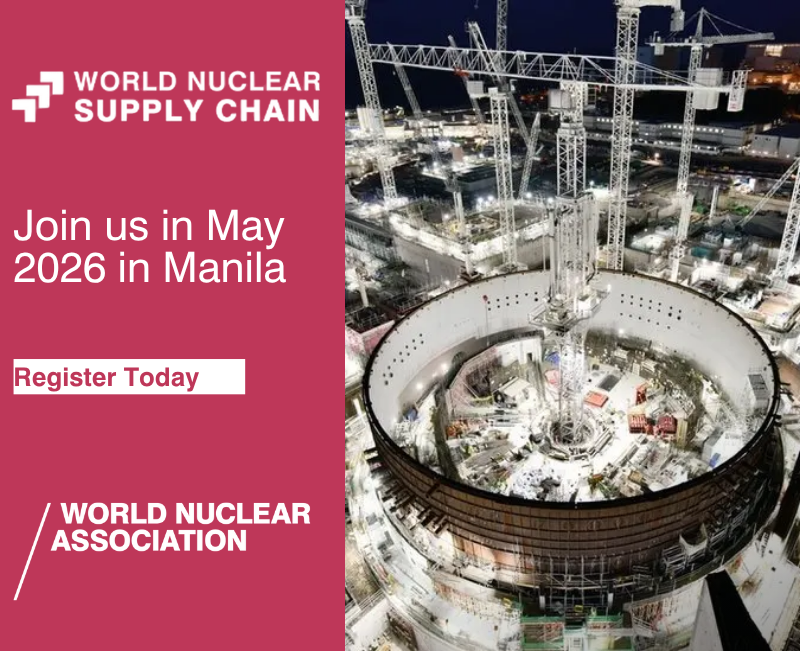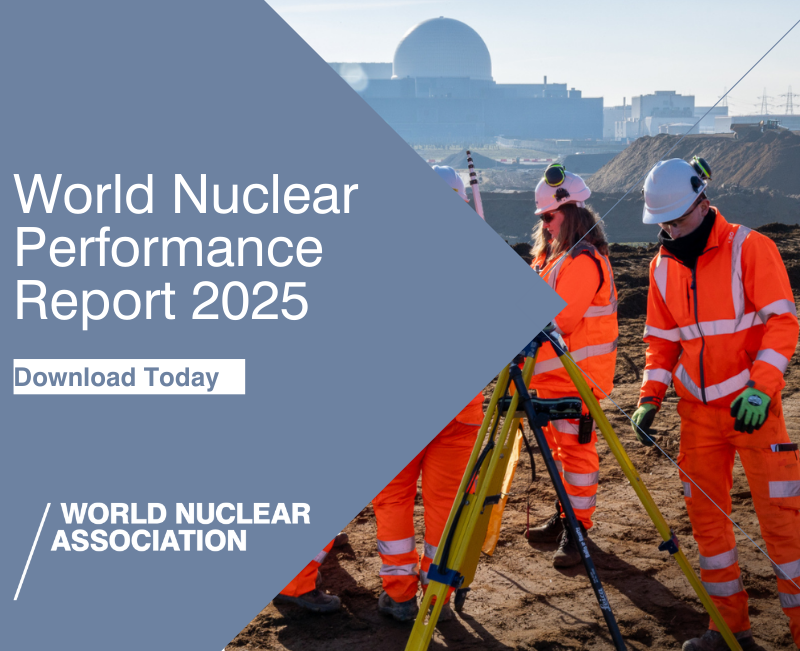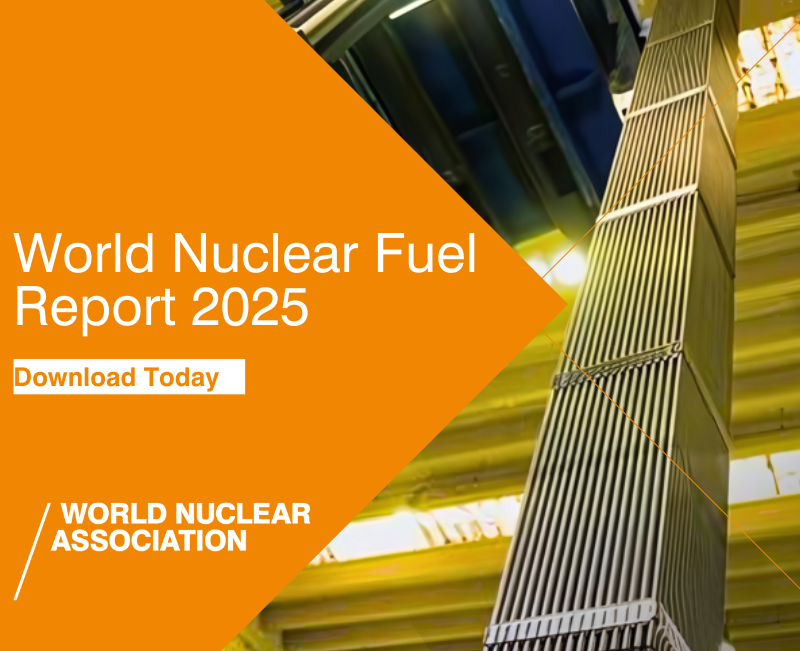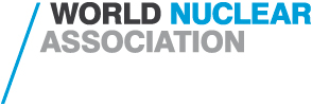Fennovoima signed the plant supply contract for Hanhikivi with Rusatom Overseas - Rosatom's nuclear power plant exports subsidiary - in December 2013. Rosatom offered to build a plant using a 1200 MWe AES-2006 VVER under a fixed-price contract. The Hanhikivi project is owned by Fennovoima, majority owned (66%) by Voimaosakeyhtiö SF, a Finnish company with shareholders including major Finnish corporations and several local energy companies. The remaining 34% is held by RAOS Voima Oy, the Finnish subsidiary set up in 2014 by Rosatom for the purpose of buying a share in the company.
Fennovoima cancelled the contract with RAOS Project for the new nuclear power plant in northern Finland last week, blaming "RAOS Project's significant delays and inability to deliver the project. There have been significant and growing delays during the last years. The war in Ukraine has worsened the risks for the project. RAOS has been unable to mitigate any of the risks."
In its response, RAOS Project said it believed "the decision of the Finnish partners to terminate the Hanhikivi I project is non-market and politically motivated".
It says that the project had suffered some early delays "which is not unusual in complex nuclear construction projects where safety and quality have priority" but said it had delivered the necessary preliminary safety analysis report and technical safety assessment of the design by the end of 2021 "in accordance with the agreed updated schedule" and said Fennovoima had accepted the plant supplier's safety assessment in January.
The statement notes that Rosatom is currently involved in several new build projects in Russia as well as projects in countries including China, India, Bangladesh, Belarus and Turkey. "Rosatom has sufficient resources and the necessary operational flexibility to fulfill its contractual obligations even in a difficult current environment," it said, adding that it hoped "for a speedy return of peace" and had drawn up contingency plans, for example it had explored "options to forge the reactor pressure vessel for Hanhikivi I elsewhere than the Kramatorsk in Ukraine".

.jpg)



_47120.jpg)
_23621.jpg)
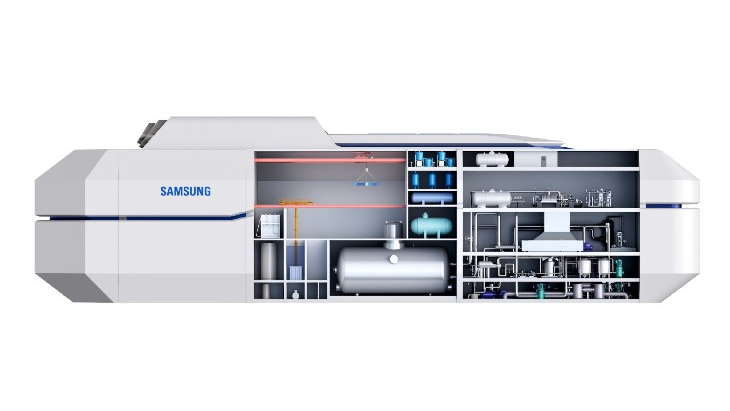
_63865.jpg)
